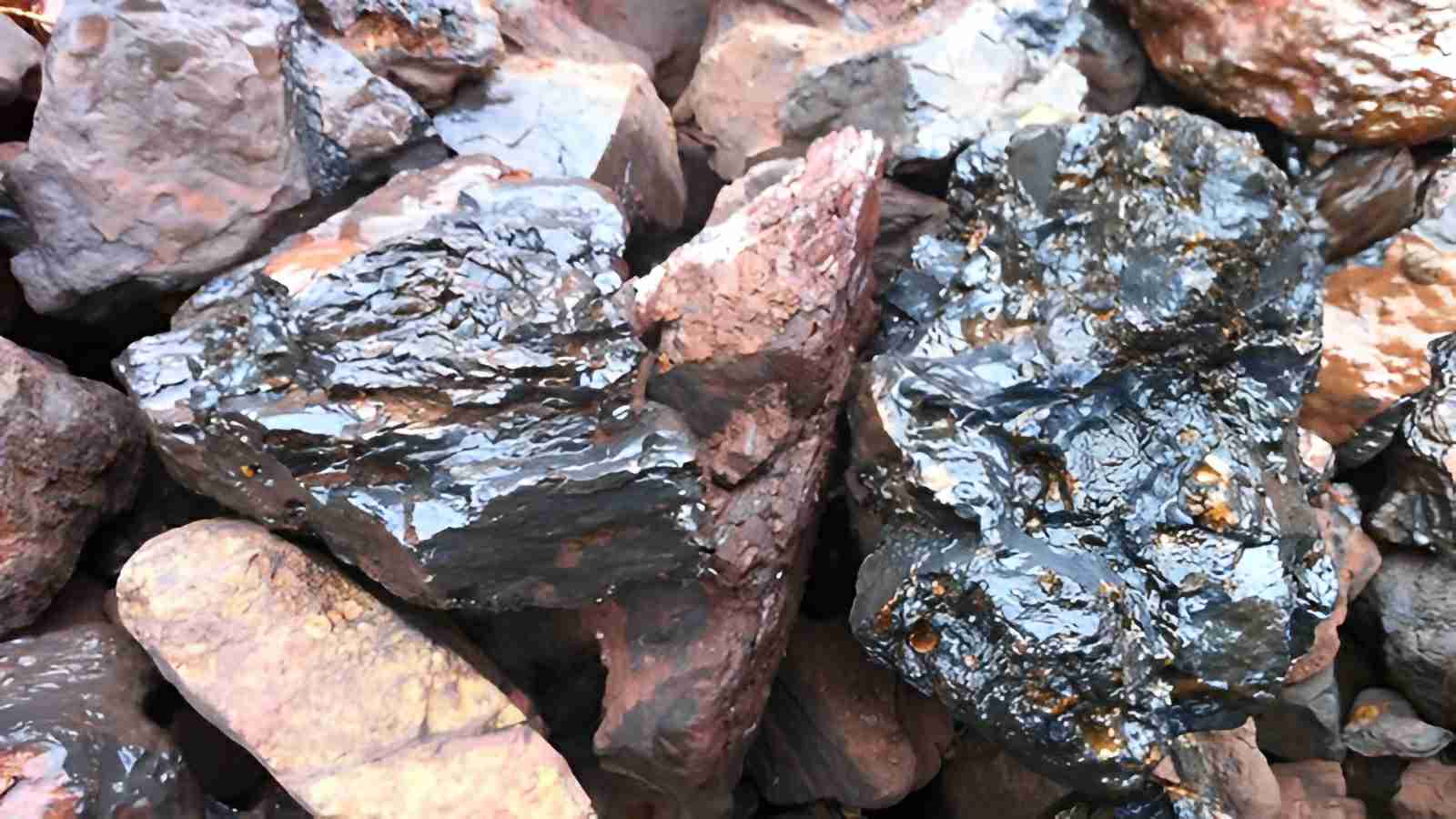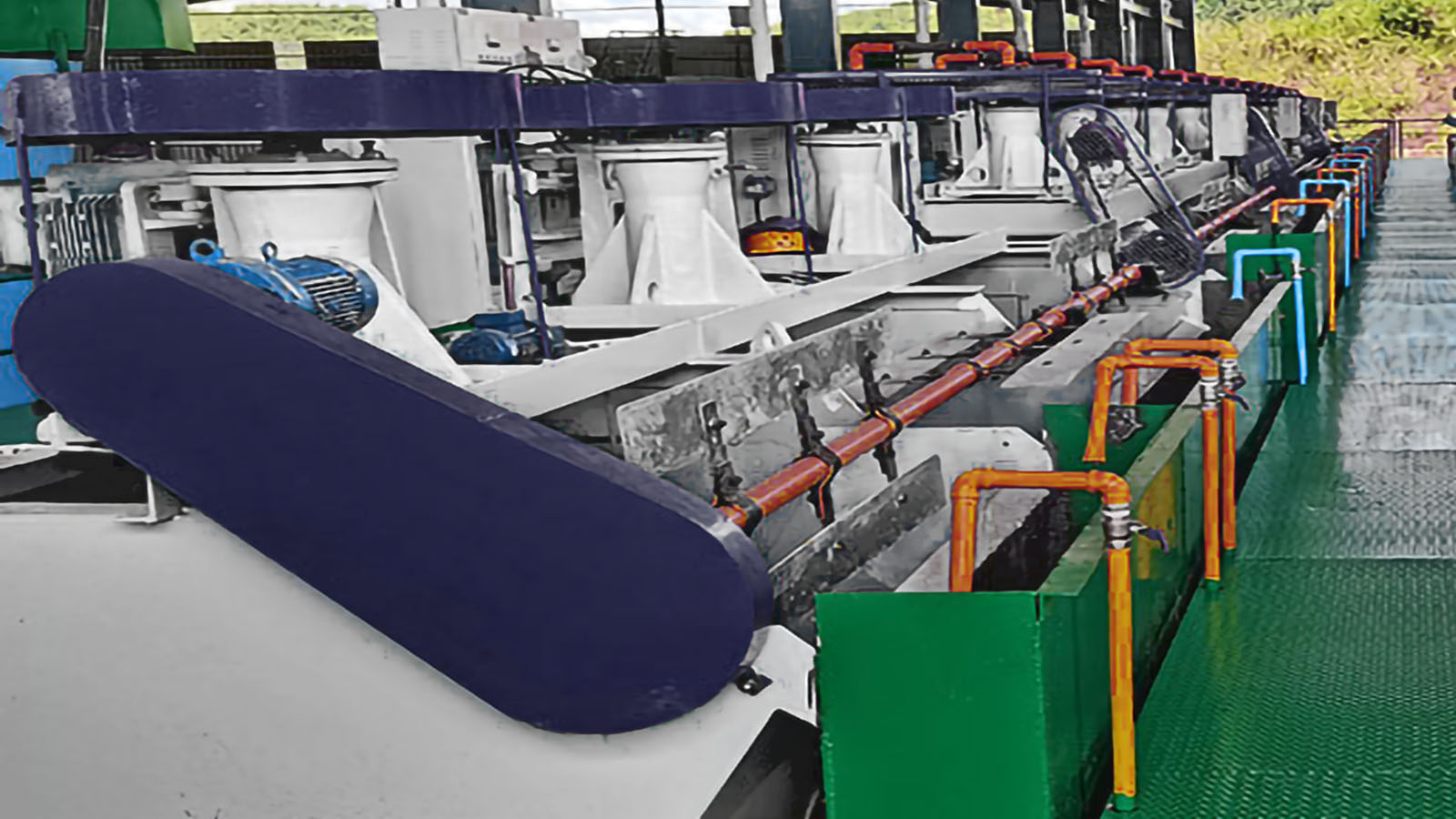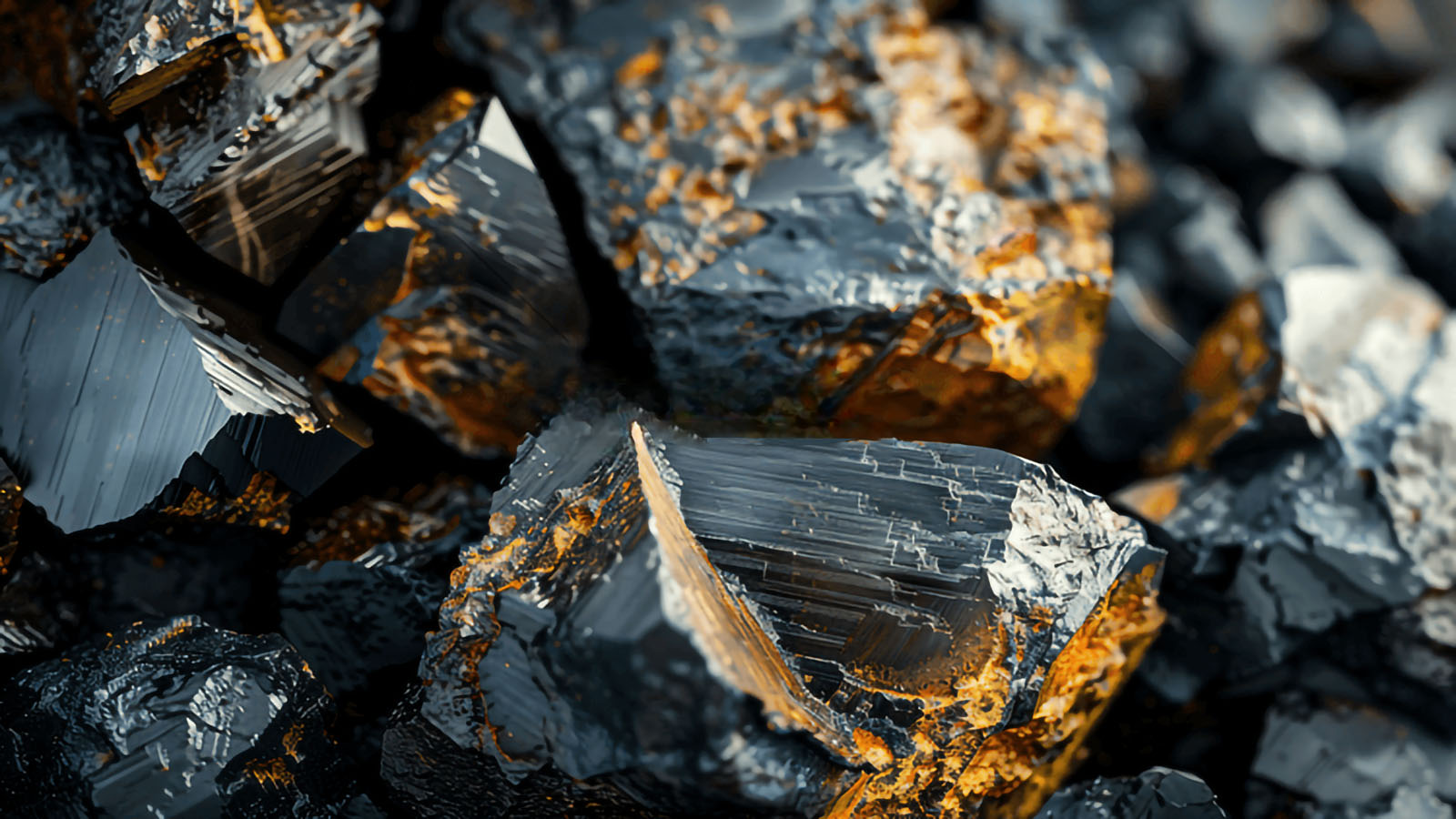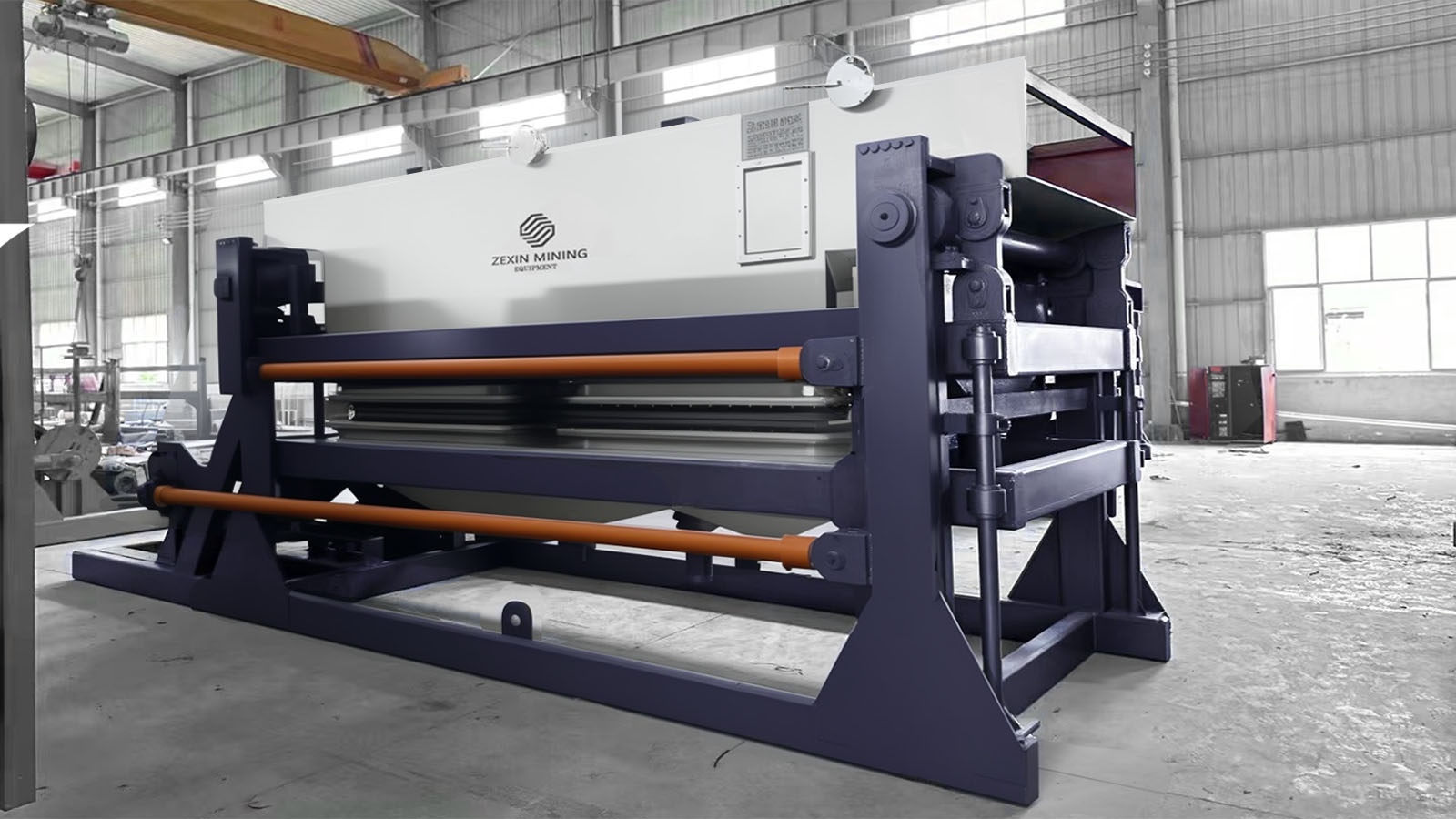
Manganese is a critical raw material widely distributed around the world, with over 90-95% of its usage concentrated in the metallurgical industry. As an essential component in steel and iron production, manganese serves as a powerful deoxidizer and desulfurizer, making efficient processing technologies vital for extracting maximum value from manganese ores.
Manganese Ore Classifications
Oxide Manganese Ores
Oxide manganese ores primarily consist of secondary oxidized manganese from weathered deposits. Additional sources include sedimentary, hydrothermal, primary, and secondary oxidized manganese minerals. The main mineral types include pyrolusite (hard manganese ore), psilomelane (soft manganese ore), and manganite (hydrous manganese ore). These are typically accompanied by silicate and carbonate gangue minerals, often with associated iron, phosphorus, nickel, and cobalt.
Carbonate Manganese Ores
Carbonate manganese ores are predominantly sedimentary in nature, containing minerals such as rhodochrosite, calcium-rhodochrosite, manganese-calcite, and manganese-siderite. Similar to oxide ores, these deposits contain silicate and carbonate gangue minerals but frequently include sulfur and iron impurities. These ores present greater processing challenges due to their complex mineralogical characteristics.
Beneficiation Technologies
Washing and Screening
The washing process primarily employs hydraulic flushing or mechanical scrubbing to separate ore from clay materials. This operation typically works in conjunction with screening processes, such as direct water washing on vibrating screens or sending cleaned ore from washing equipment to vibrating screens. Screening can function as a standalone operation, separating products of different particle sizes and grades for various applications.
Gravity Separation
Gravity separation is generally suitable for manganese ores with simple structures and coarser grain sizes, particularly for denser oxide manganese minerals. Common gravity separation methods include dense medium separation, jigging, and shaking table concentration. The typical process involves crushing the ore to 6-0mm or 10-0mm, followed by classification, with coarser fractions sent to jigs and finer fractions to shaking tables.
Magnetic Separation
Manganese minerals exhibit weak magnetic properties, making high-intensity magnetic separation an effective recovery method. When incorporated into combined processing flowsheets, magnetic separation can enhance manganese grades by approximately 4-10%.
Flotation Processing
Utilizing sodium petroleum sulfonate as a collector instead of oxidized paraffin soap allows separation to occur in neutral pulp at ambient temperatures, reducing reagent consumption and energy requirements. Modern flotation techniques have significantly improved recovery rates for fine-grained manganese minerals.
Leaching Methods
Several leaching approaches exist, including direct leaching, roasting-leaching, and bioleaching. Direct leaching comprises techniques such as the dithionate method, sulfur dioxide method, and ferrous sulfate method. These hydrometallurgical processes are particularly valuable for low-grade ores or concentrates requiring further upgrading.
Pyrometallurgical Enrichment
This approach is suitable for processing difficult-to-beneficiate low-grade manganese ores with high phosphorus and iron content. It leverages the different reduction temperatures of manganese, phosphorus, and iron to achieve selective separation in blast furnaces or electric furnaces through precise temperature control.
Equipment Selection for Manganese Processing
Magnetic Separation Equipment
Magnetic separation of manganese ore primarily employs high-intensity magnetic separators, including high-gradient magnetic separators, wet high-intensity magnetic separators, and dry high-intensity magnetic separators.
Washing and Screening Equipment
Common washing equipment includes washing screens, drum washers, and trough washers. Primary screening equipment consists of circular vibrating screens and linear vibrating screens.
Gravity Separation Equipment
Prevalent gravity separation equipment for manganese ore includes dense medium cyclones, jigs, and shaking tables, each offering specific advantages depending on feed characteristics.
Flotation Equipment
Two main categories exist: mechanical agitation flotation machines and pneumatic agitation flotation machines. Mechanical agitation types primarily include SF, JJF, and BF models, while pneumatic agitation types encompass XCF, KYF, and XCF-KYF combination models.
Optimizing Processing Strategies
The selection of appropriate processing flowsheets must be based on comprehensive beneficiation test analysis, as each manganese ore deposit presents unique characteristics. Through systematic laboratory testing and pilot plant trials, customized processing solutions can be developed to maximize recovery and grade while minimizing operational costs.
As global demand for manganese continues to grow in both traditional metallurgical applications and emerging sectors such as battery manufacturing, implementing efficient and environmentally sustainable processing technologies becomes increasingly important for resource utilization and economic viability.
Related News

Optimizing Gold Recovery: Advanced Flotation Techniques for Efficient Mineral Processing

Maximizing Tungsten Recovery: Advanced Technologies in Wolframite Processing
